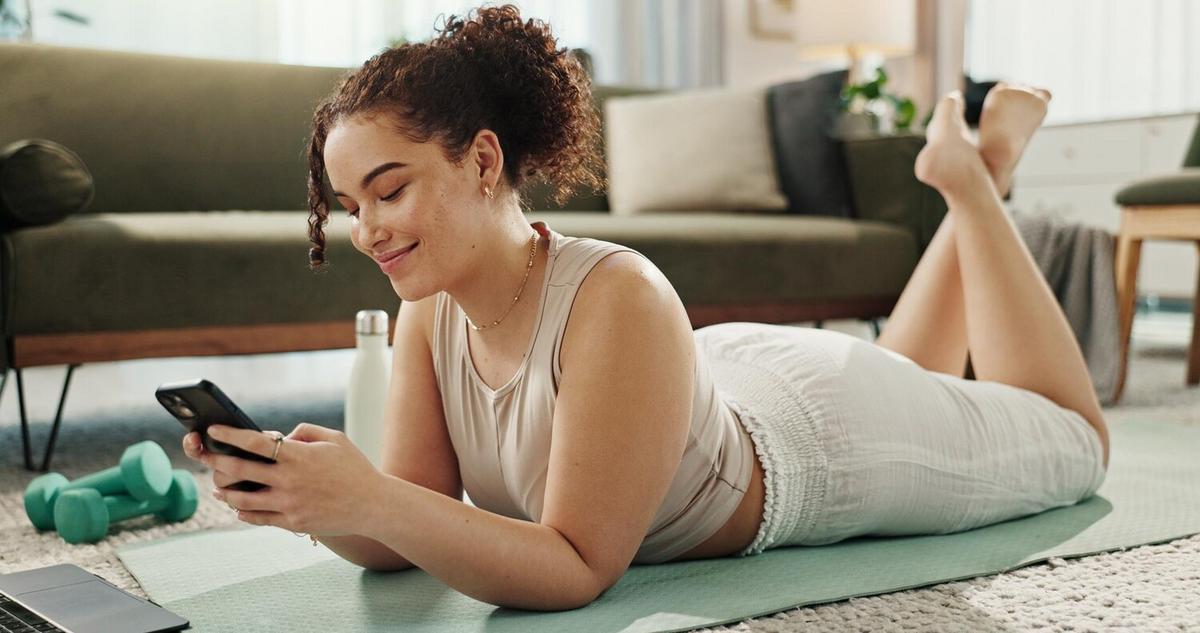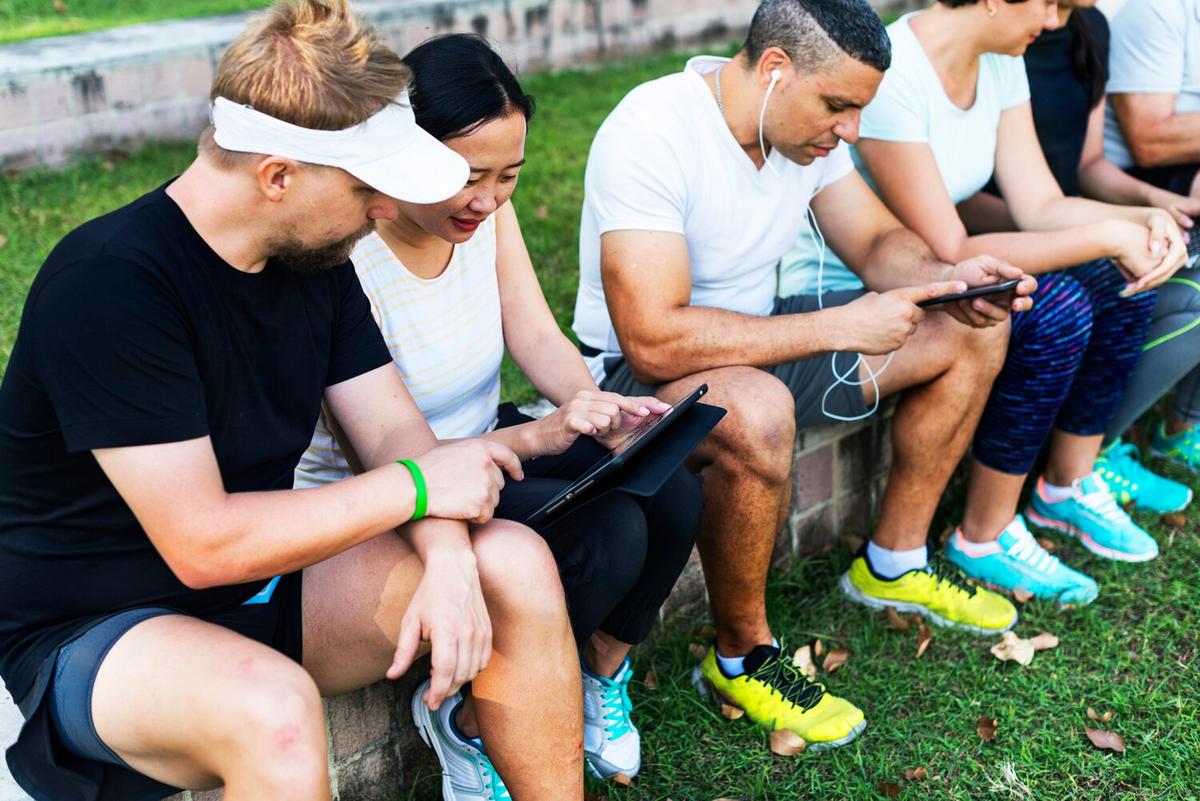As we navigate the digital age, the relationship between technology and mental health has become more apparent, prompting a crucial conversation about balancing screen time with overall wellbeing.
Understanding the Impact of Technology on Mental Health
Technology has undeniably transformed our lives, offering convenience, connectivity, and access to information. However, an increasing body of research highlights the potential negative impact of excessive screen time on mental health. According to a study by the American Psychological Association, high levels of screen time are associated with an increased risk of anxiety and depression, particularly among adolescents.
Expert Insights
Dr. Lisa Damour, a clinical psychologist, emphasizes the importance of setting boundaries with technology to maintain mental health. She suggests that while technology can be a tool for learning and social engagement, it is crucial to monitor its use carefully to prevent it from becoming overwhelming.
Statistics and Research
A report from the Pew Research Center indicates that 45% of teens feel overwhelmed by the constant pressure to be online, highlighting the need for digital balance. Furthermore, the World Health Organization recommends limiting recreational screen time to less than two hours per day for children and adolescents to promote healthy development.
Personal Stories
Consider the case of Mark, a university student who found his academic performance slipping as he spent more time on social media. By setting specific times for online activities and prioritizing offline interactions, Mark was able to improve both his grades and his mental health.
Strategies for Balancing Screen Time
- Set designated tech-free times, such as during meals or before bedtime, to reduce screen exposure.
- Engage in offline activities that promote physical health, such as walking or yoga, to counteract the sedentary nature of tech use.
- Utilize apps that track and limit screen time to increase awareness and control over digital habits.
Creating a Healthy Digital Routine
Developing a balanced approach to screen time involves more than just limiting usage. It’s about creating a routine that incorporates both digital and non-digital activities in a way that enhances your overall wellbeing.
| Activity | Recommended Duration |
|---|---|
| Recreational Screen Time | Less than 2 hours/day |
| Physical Activity | At least 30 minutes/day |
| Sleep | 7-9 hours/night |
| Reading | 30 minutes/day |
| Meditation | 10-15 minutes/day |
| Social Interaction | Daily |
| Creative Hobbies | Weekly |
| Digital Detox | 1 day/week |
Frequently Asked Questions
How can I tell if my screen time is affecting my mental health?
Look for signs such as increased anxiety, difficulty concentrating, or feeling overwhelmed by the urge to be online.
What are some activities to replace screen time?
Engage in hobbies like reading, playing sports, or spending time with friends and family to create a balanced lifestyle.
Is all screen time bad for mental health?
Not necessarily. It’s about balance. Constructive use, such as educational content or connecting with loved ones, can have positive effects.
Conclusion
Balancing screen time with mental health is essential in today’s digital world. By setting boundaries, engaging in offline activities, and being mindful of technology’s impact, we can foster a healthier relationship with our digital devices. Remember, the goal is not to eliminate technology, but to use it in a way that supports our wellbeing.




Leave a Reply